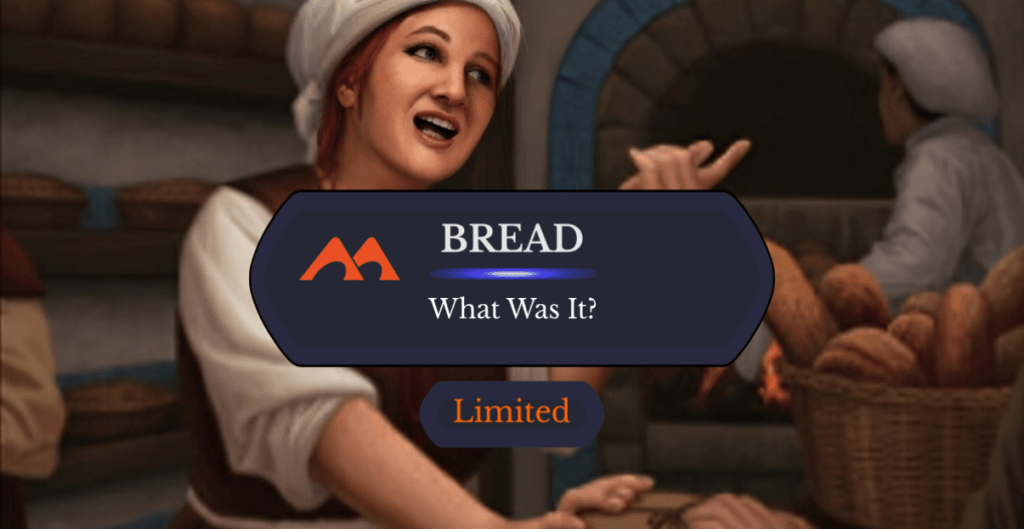
Ellyn Harbreeze, Busybody | Illustration by Dan Scott
Hello Planeswalkers! There are so many cards with volumes of text in the game of MTG. With new Magic sets releasing every quarter, how can you determine which cards are good? This question is especially relevant for the Limited players out there. How are you going to win your next prerelease or other competitions?
Just like everything in life, you develop and hone skills through practice and preparation. In MTG, a huge skill for success is card evaluation. Can you find the great cards that everyone else passes on? Will you pass on a seemingly popular card because you know it doesn’t synergize well in this Magic set? Let’s take a look at one of the most well-known card evaluation techniques for Limited: BREAD. What does it stand for, can it help you better evaluate cards, and will it make you a better Limited player?
What Does BREAD Stand For in MTG?

Skyfisher Spider | Illustration by Henry Peters
BREAD is an acronym for Bombs, Removal, Evasion, Aggro, Dud. Let's check them one by one.
B(omb)
B is for Bomb cards. These are the cards that have fantastic stats, keywords, and synergy for a deck. Think of the cards that have a very good chance of winning when you play them. Think cards like Bonehoard Dracosaur or Gruff Triplets. These cards may be the first pick in your packs and the cards you build your entire strategy around.
R(removal)
R is for Removal. These are the cards that remove threats from the board. You’re going to be in for a world of hurt if you let an opponent realize their full strategy; you have to be able to remove threats and alter your opponent’s strategies. Removal spells are highly coveted and therefore if you don’t have a bomb or synergistic card to choose, it’s often great to pick up many kinds of removal. Cards like Pile On and Skyfisher Spider are wonderful choices when there are no bomb cards to choose from.
E(vasion)
E is for Evasion cards. These are creatures or effectsthat can somehow navigate around an opponent’s normal defenses. These are keywords like menace or flying, as well as protection from colors or ”can’t be countered” text; trample is often another way to overrun chump-blockers and deal combat damage to players. Evasive cards are wonderful ways to extract value from commons and uncommons. With some removal to back them up, evasive cards have a good chance of dealing damage to players. On the flip side, make sure you have removal or plans to deal with your opponents’ evasive cards.
A(ggro)
A is for Aggro cards. As you probably already know, these are the cards that play aggressively, ideally with keywords like haste or first strike. They deal damage quickly and don’t have much strategy or value in the later parts of a match. Limited has far fewer removal opportunities (especially board wipes), so Aggro cards can often deal enough damage early that an opponent can’t defend or come back from. Cards like Burning Sun Cavalry and Théoden, King of Rohan are recent examples of solid aggro cards to choose from.
D(ud)
D is a Dud card. Duds are cards that aren’t worth playing because of their mana cost, lack of benefit or advantage they give you, or a combination of the two. We see Duds in every set and they’re recognizable for the most part. Cards like Calamity's Wake and Mirran Safehouse are just not worth playing and should stay in your sideboard.
Is BREAD Outdated?
Most players would say yes, BREAD is outdated. BREAD is an ok evaluating system for players who are new to Limited. The major downside with BREAD is it’s overly simplistic and doesn’t account for the vast amount of nuances in MTG.
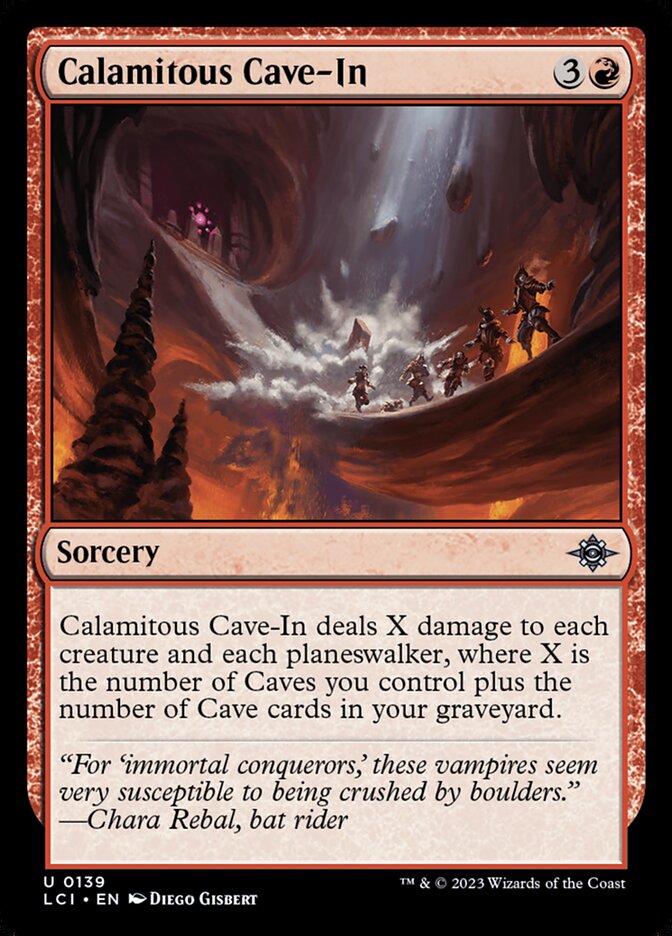
For example, Calamitous Cave-In seems like it could be a great board wipe if you can play enough cave lands. In reality, you most likely won’t get too many caves passed to you in Draft, and if you do, you have to pick them over other more advantageous picks.
BREAD becomes less helpful once you have some experience under your belt. BREAD is vague and generally misses many ways Limited games are won. What is a Bomb card? BREAD doesn’t go into any depth or description of this. It also places a huge emphasis on Removal and Evasive creatures. While these can be great picks, they miss the fact that so many Limited games are won and lost on board presence and creatures.
Other Card Evaluation Theories
There are many ways to evaluate cards that avid and skilled players have developed. Let’s take a look at a few: Vanilla creatures, Quadrant theory, and CABS theory.
The Vanilla Test
“The Vanilla Test” refers to comparing a creature’s mana value to its stats. This can give you a basic understanding if a creature is cost-effective for the benefits it brings to the board. A 2/2 for 2 mana is very basic and common in many sets. A 4/4 for 4 mana is a fantastic pick. This formula should also take into account keywords and other abilities. An X/X for X+2 with flying can be a good deal (a 4/4 flier for 6 mana).
Quadrant Theory
The Quadrant theory places a card on a two-dimensional grid to evaluate its value. There are a few different iterations of the quadrant theory, but it usually breaks into these four categories:
- Opening/Developing: These are cards you play from your opening hand to establish your aggression or control in a game. This is the early part of a game and can determine how the rest of the game will play out.
- Parity: This can be considered the middle game, where both players have gone through their opening hand and are now relying on drawing cards and the top of their deck.
- Winning: These are the cards that can set up some sort of winning strategy for you. Evasive creatures, anthems with wide board presence, alternate wincons, or other important cards that fit into your strategy for winning a game.
- Losing: These are cards that can disrupt your opponent’s winning strategy. If you are losing to a strategy, these are the cards to help dig you out of that hole.
The goal is to judge each card and determine which quadrants it excels or fails in. A card that excels in all four quadrants is a bomb, and one that fails in all four is a card to avoid. Now, you won’t have a deck full of bombs, so the quadrants help you to determine in which scenarios cards are valuable. The more quadrants a card can compete or excel in, the better. Aim for these cards and find a wide variety of cards that are at least good in one quadrant of the game.
Let’s use the card Hornet Queen as an example:
- Opening/Developing: Useless, since Hornet Queen’s a 7-drop.
- Parity: Great, Hornet Queen can break a game wide open if both players are in a stalemate.
- Winning: Moderate, Hornet Queen will likely close the door on a game you’re already winning, but there’s a chance it’s a dead card in your hand if you’re winning with only 4-5 lands in play.
- Losing: Moderate, Hornet Queen can completely stabilize a game, but it won’t help if you’re close to dying on turn 4 or 5.
The quadrant theory evaluation for Hornet Queen demonstrates that it’s an excellent late-game card that’s very good when you cast it, but isn’t always castable. It’s definitely worth drafting and playing, but you’d want to avoid too many cards that are also bad in the opening/developing stages.
CABS Theory
The CABS theory is a specific way to look at Limited based on the idea that you only select cards that affect the battlefield. CABS stands for Cards (that) Affect the Board State. The vast majority of Limited games are won by the interactions on the battlefield, rather than alternate wincons or big combos.
The CABS theory focuses on three things. Creatures are by far the most important aspect of Limited and you should have somewhere around 15-18. Removal is a scarce resource, but can have some high value as it gets rid of the most important thing, creatures. Finally, and the least important of the three, combat tricks affect the board similarly to removal as long as you have the creatures and mana to trick your opponents.
The key to the CABS theory is its simplicity and focus on what statistically wins the most Limited games. Focus on creatures, removal, and combat tricks only, keep a tight and low curve, and have a simple strategy for winning with cards that are consistently good rather than boom or bust cards.
How to Improve at Limited
These acronyms and evaluation strategies are great, but they can only take you so far. So the real question is: “How can I improve at Limited?” I’ll give you an answer I’d give for improving at any skill: Preparation, modeling, and of course practice.
The amount of text on MTG cards and the massive amount of interactions that can happen in a Limited game can be daunting. Before you even head into a Limited match you should do some research on the set mechanics, Limited archetypes, and individual cards. There are a ton of resources if you search for a new set a week or two before it comes out. I do have to plug that when looking at card evaluation for this article, I looked at the card rating system on Draftsim.com. An example of this would be a rating for the new Murders at Karlov Manor set, or the MKM Limited set review explaining every card in the Limited environment.
No one has to learn this game in a vacuum and become an expert entirely through their own hard work. Learn from others and get help from people with years of experience. A wonderful tool is Arena Tutor by Draftsim.com (many plugs, I know, but we're just so great!). With Arena Tutor, you get an AI-powered deck tracker that can also make draft suggestions. Here’s a quote from the Arena Tutor website: “Revolutionary AI from Draftsim dynamically recommends the best card for your deck based on your previous picks. Works for both bot (quick) AND live drafts with humans.” If you need some help, learn from the best!
Last but not least, get out there and play Limited. Go to your local TCG stores and play in some prereleases or regular tournaments. Or, hop on MTG Arena and play Premier or Traditional drafts at your convenience. If you want to get better at something you can learn all the acronyms, but the rubber meets the road when you actually play games. Take what you’ve learned and start playing a lot of Limited, and your evaluation skills will grow.
Wrap Up

Calamity's Wake | Illustration by Slawomir Maniak
One of the most important skills you can develop in Limited matches is card evaluation. I hope that you have a newfound understanding of one of the most common forms of card evaluation, BREAD. There are many styles out there so try them and see what works best for you. Or heck, develop your own if you feel you have a knack for evaluating cards well.
Thank you for your time and for playing this wonderful game we all love. Please go read all the great articles on Draftsim.com and use the tools they provide to evaluate cards. Stay connected by following us on Twitter and joining Discord. Stay safe and I hope you draft as well as I plan to.
Follow Draftsim for awesome articles and set updates: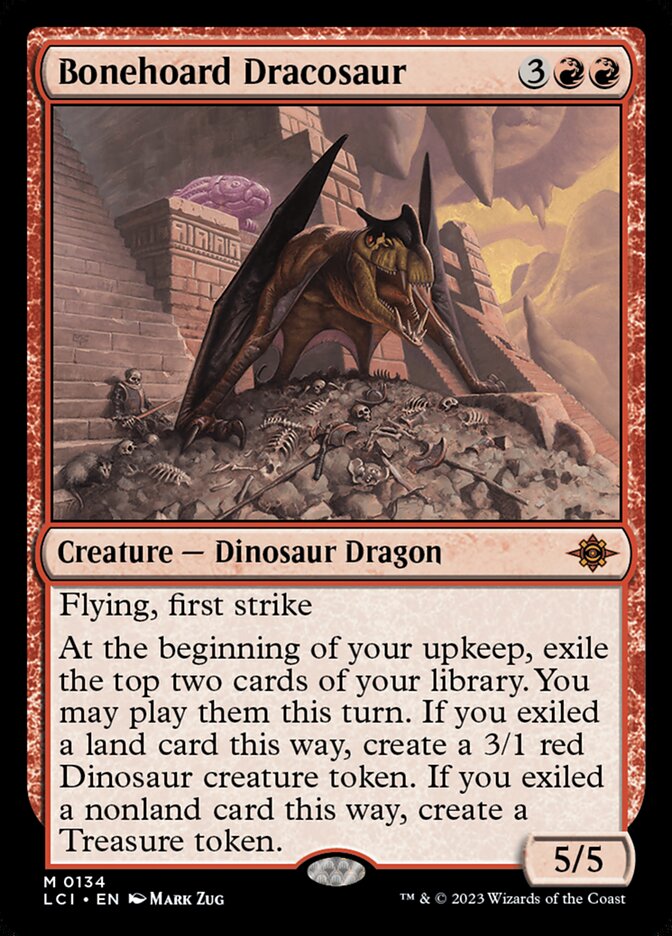
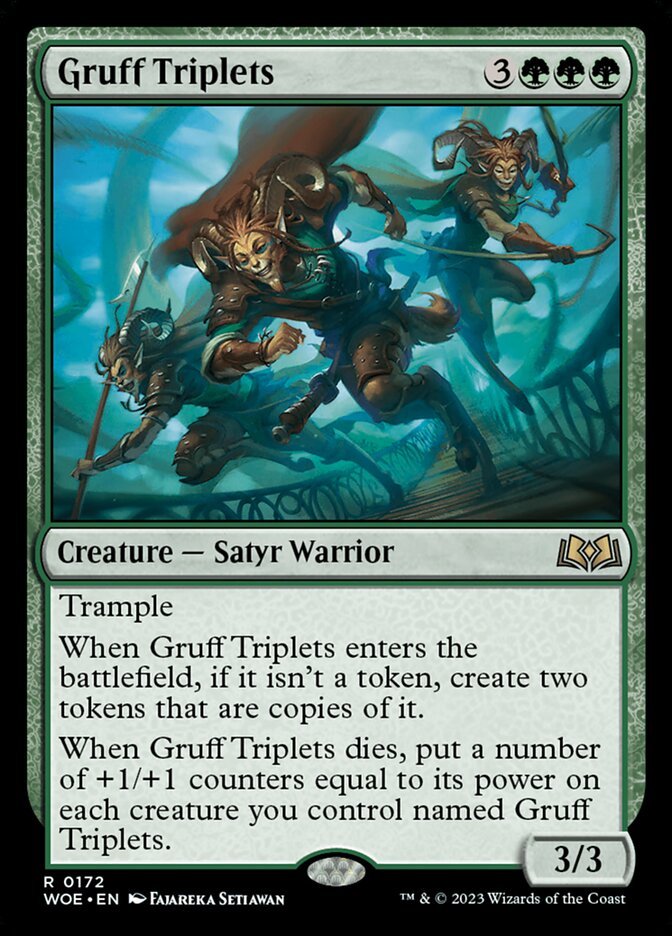
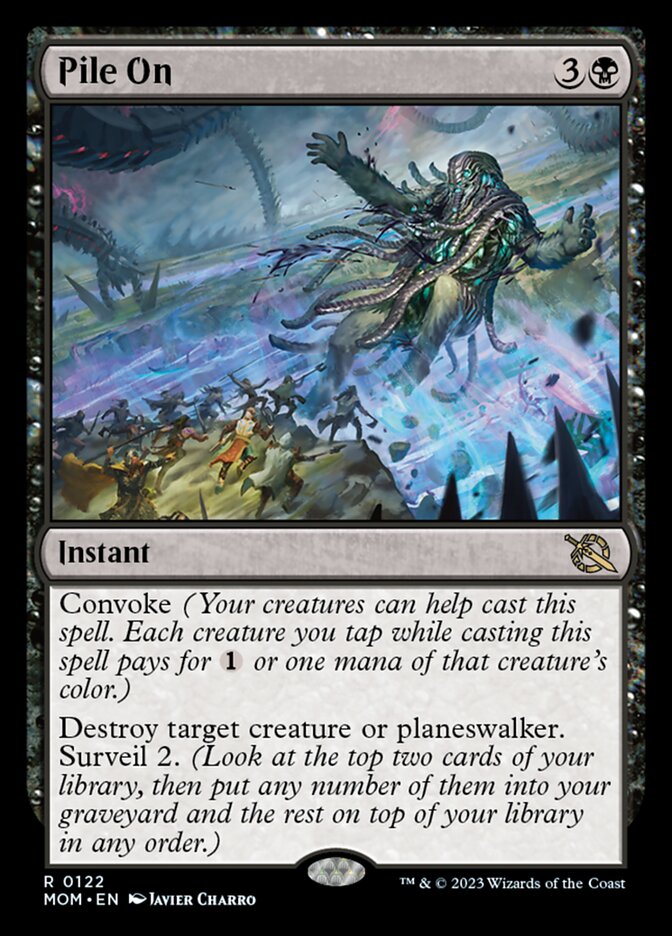
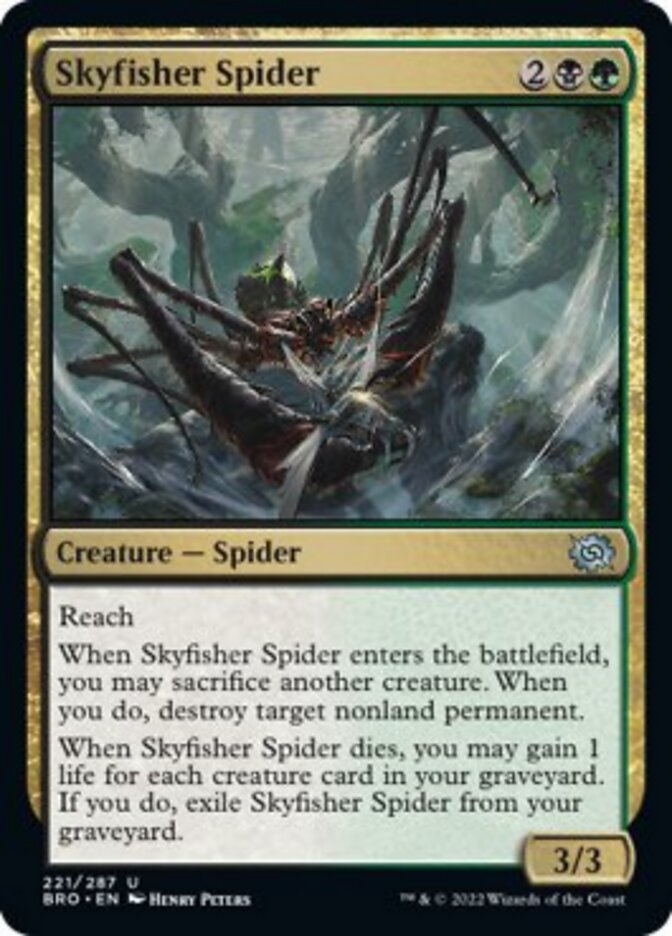
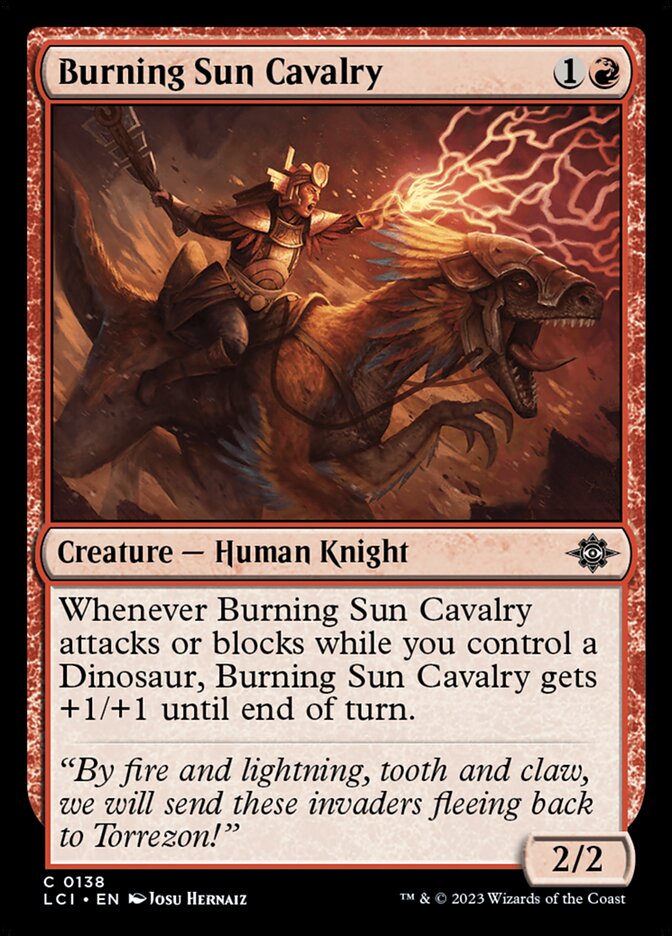
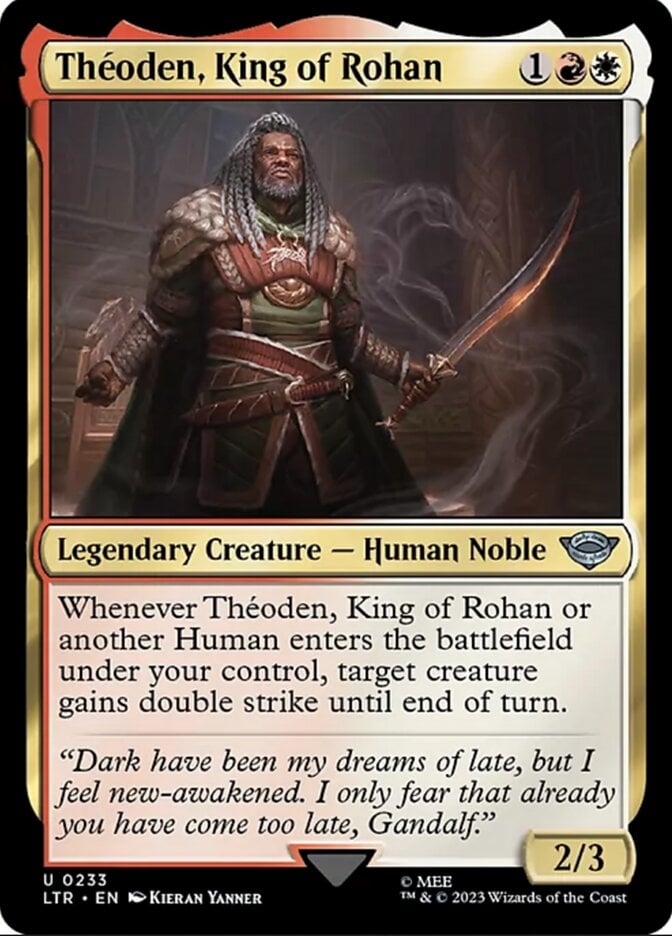
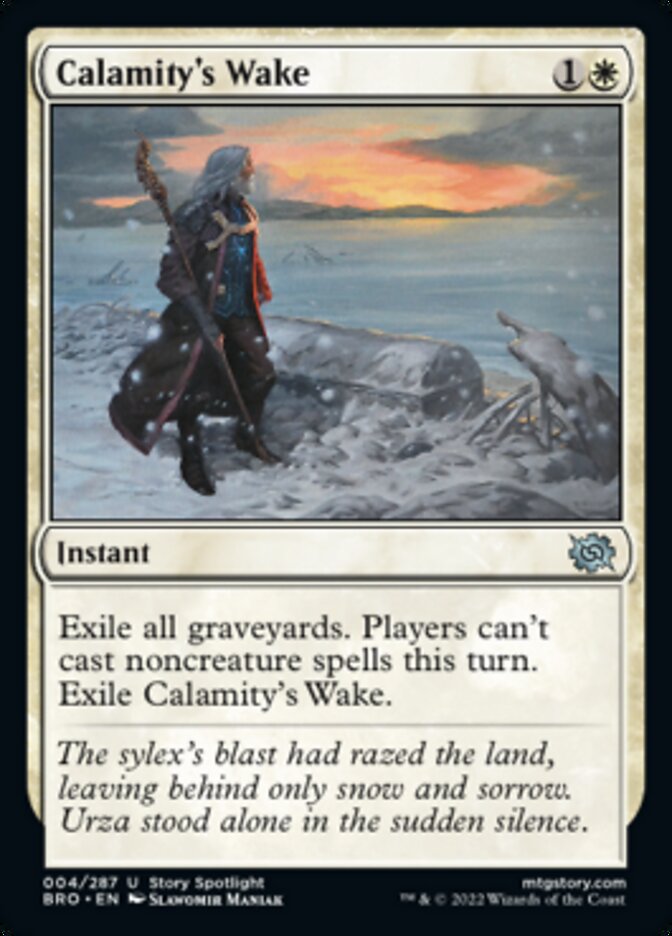
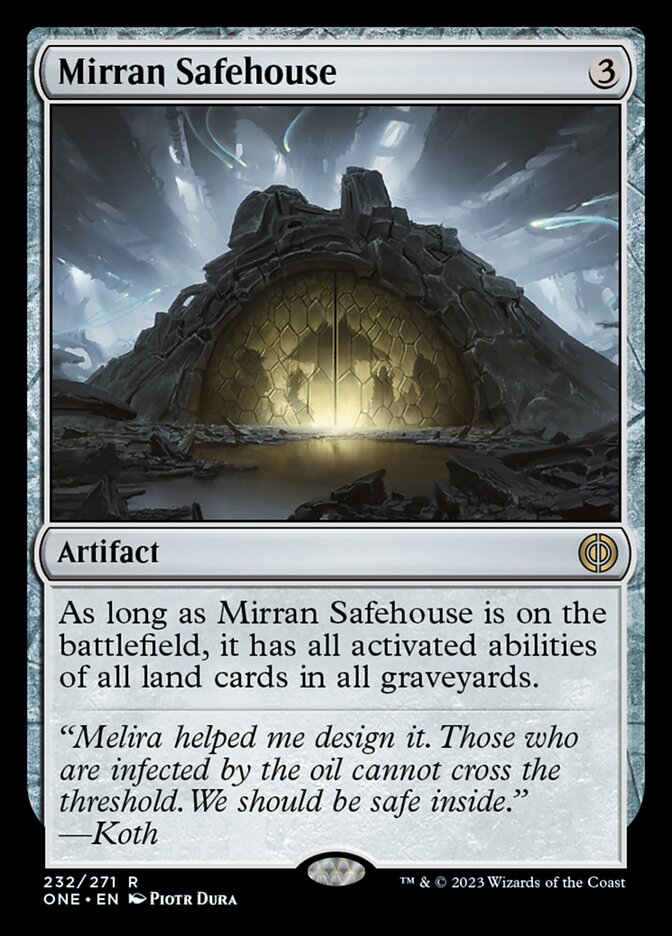

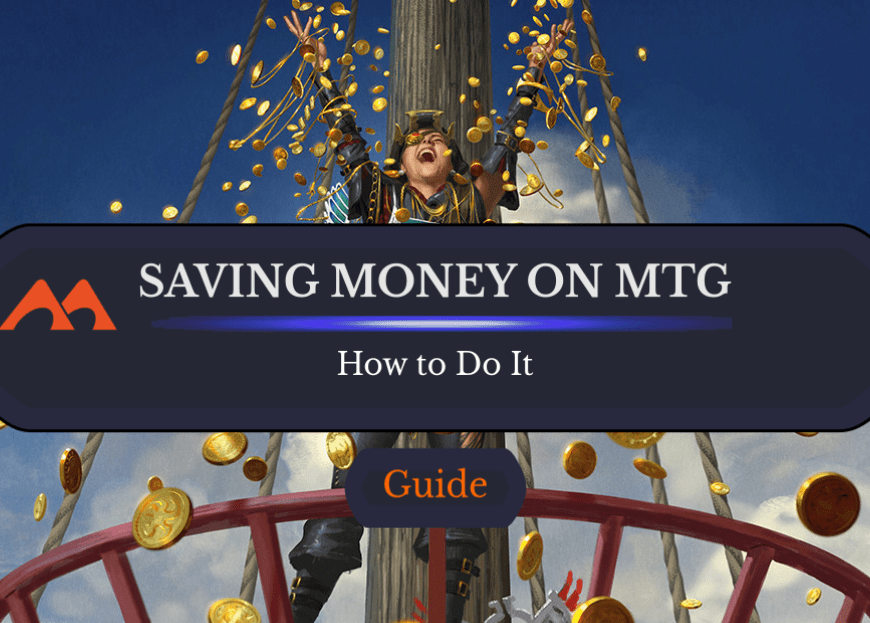
Add Comment